Understanding quantum mechanics with a game as simple as tic-tac-toe; QUANTUM TTIC-TAC-TOE!
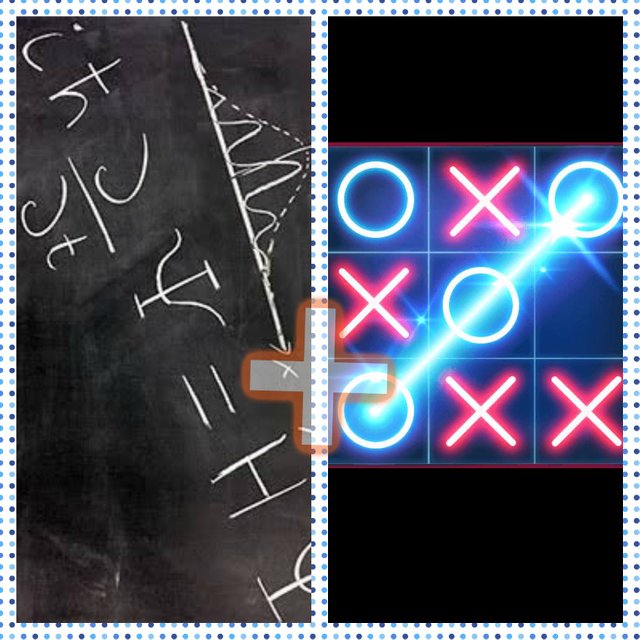
Greetings to you all my fellow citizens of steemopolis,
I remember this one-liner joke, it goes thus
Q: what do you get when you cross breed a hen and a brick?
A: a brick layer!
Let me put mine like this “What do you get when you combine the complex theory of quantum mechanics, and something so simple as the game of marks, tic-tac-toe? You thought right, quantum tic-tac-toe!”
Since the early 1900’s when physicists stumbled upon the theory of Quantum mechanics, we’ve been trying to understand this strange theory and apply it in different aspects of life. Quantum computers are still in the making and a lot of companies are investing into it. There been a lot of progress in the making of a functional quantum computer.
Quantum computing is probably going to be the peak of our technology. Quantum chess has also been developed. It’s is just like the conventional chess game but with a few upgrades. It uses some principles of quantum mechanics like superposition, entanglement and collapse. It is initiated with a quantum move. Although, I haven’t played the game of quantum chess yet, but I have been seen videos on YouTube about the game. I hope some developer makes a game of quantum chess for android OS.
Guess what, I found quantum tic-tac-toe!!!. It was created by a brilliant engineer Allan Goff. The idea behind the creation of the game was to introduce quantum mechanics without the need for mathematics. It’d be easy to understand the basics of Quantum mechanics while getting familiar with the game.
I’ve been playing it for a while now trying to understand how things works and the rules of this game. Unlike the conventional tic-tac-toe game where both players are given a turn (one time per turn) to play, both players have to play 2 times per turn! The idea here is to create a superposition of possibilities of where the X’s and O’s could be.
Quantum tic-tac-toe Illustrates three phenomena of quantum systems. They include superposition, entanglement (the spooky action from a distance), and collapse.
The Gameplay
The X’s and O’s have a subscript which denotes the position (the turn of a player).
Just as white plays first in chess, the player with the X mark takes the place of player 1. When it’s X’s turn, X1 is displayed instead of the conventional X. So when it player 2’s turn (his first turn), O2 is shown on the screen just like the image below.
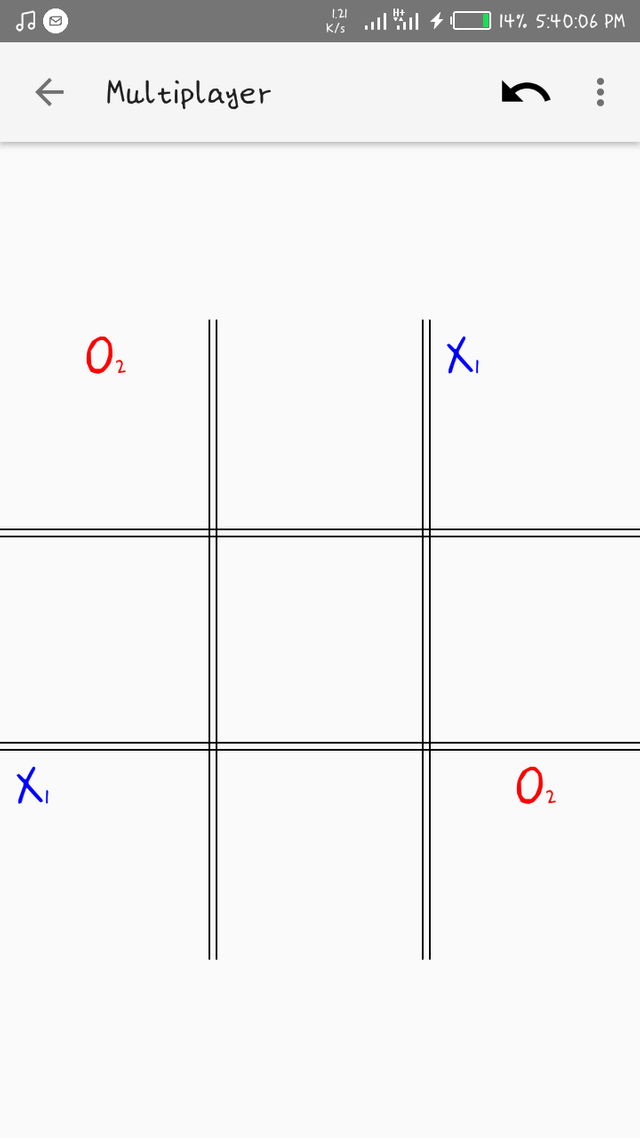
From the image above, we can see that the X1 has 50% chance of being either at the top right corner of the board or the left bottom corner of the board. So also O2 has equal chances of being either at the top left corner and bottom right corner. The squares having similar marks on them are referred to as entangled squares..
Pair of marks (just like the two X or O’s a player plays per turn) are referred to as spooky marks. There could be as many as 8 spooky marks on a square.
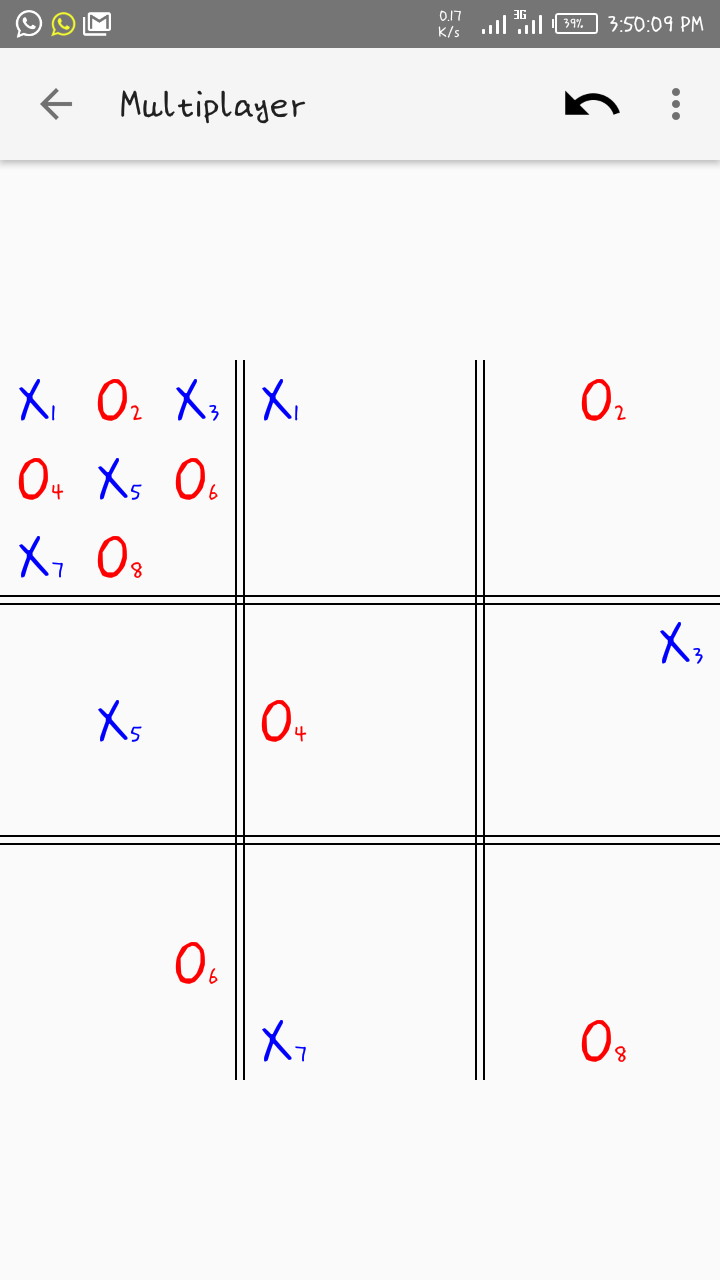
There are exactly 8 spooky marks on the top left square adding an extra spooky mark will form a cyclic entanglement forcing a collapse (measurement). The board will then reduce to the normal classical 3X3 tic-tac-toe game.
We’ve seen how superposition and entanglement comes into play. We still have the collapse, and it is initiated when there is a cyclic entanglement. When a cyclic entanglement is made, the player who did not place the last mark that created the entanglement decides how to measure the cycle.
Let me give an example of a cyclic entanglement.
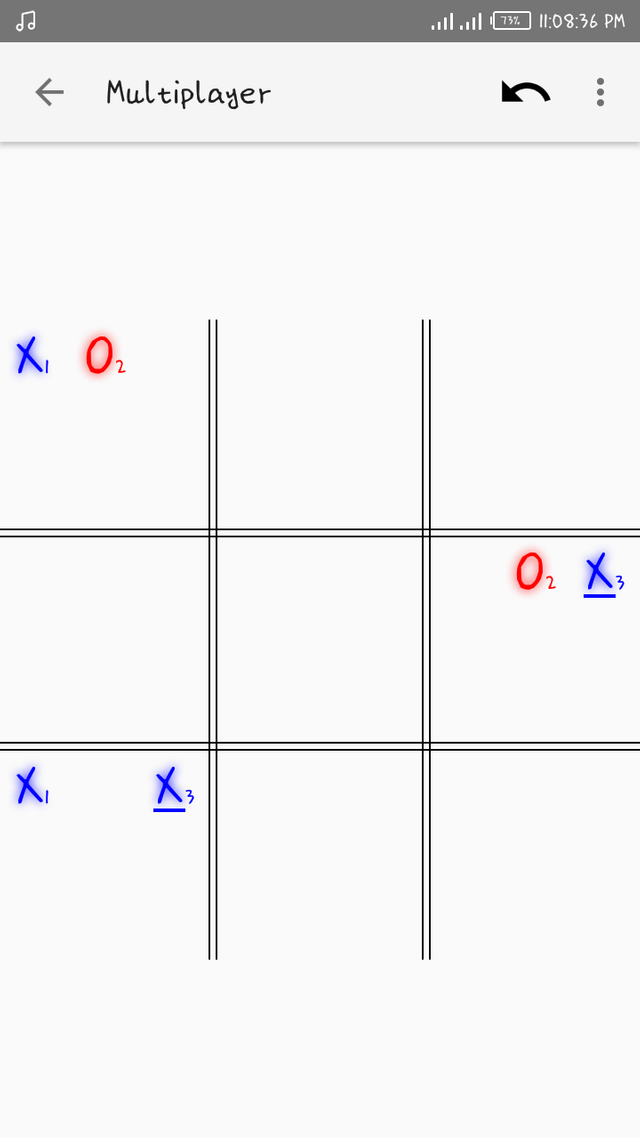
From the image above, X created the last mark in the entanglement, so O gets to decide how the whole game is collapsed into the classical tic-tac-toe. He can choose if X3 falls on either the 6th or 7th square. If X3 collapse on the sixth square, X1 is forced to stay on the seventh square and O2 stays on the first square. Like this
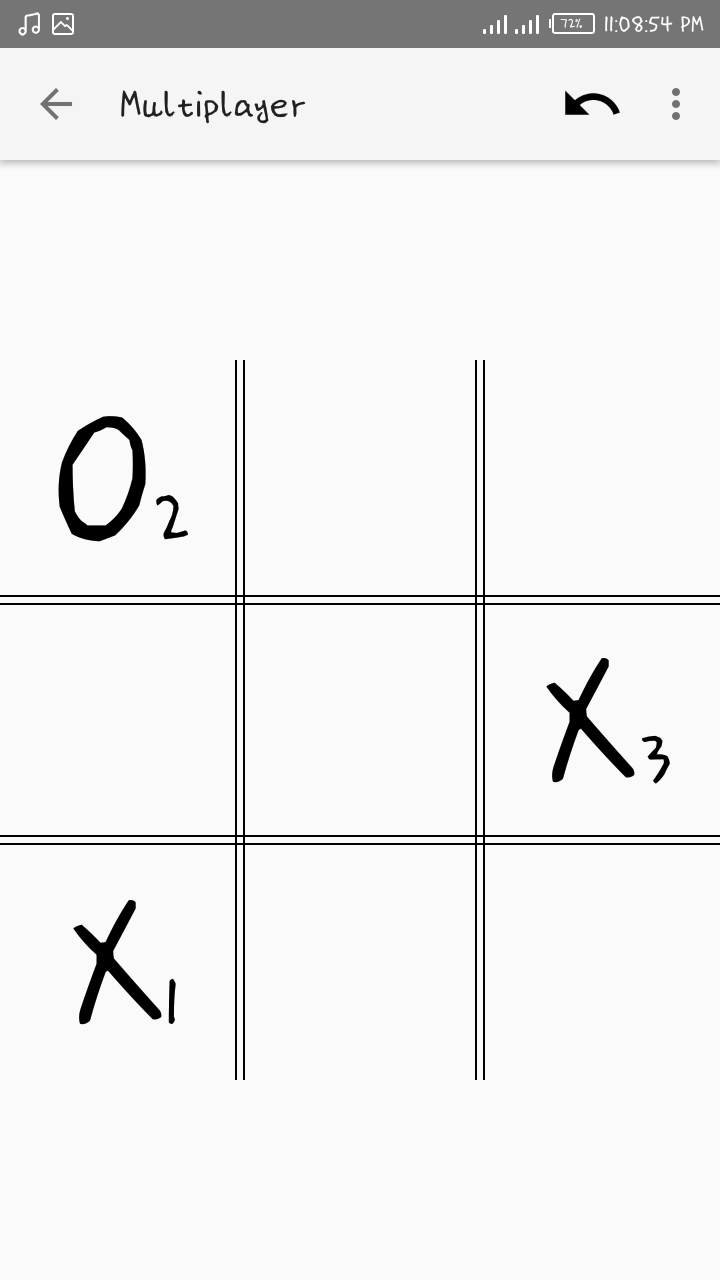
Or it could be the another way. If X3 stays on the Seventh square, O2 is forced to be on the second square and X1 STAYS ON THE FIRST square as shown below.
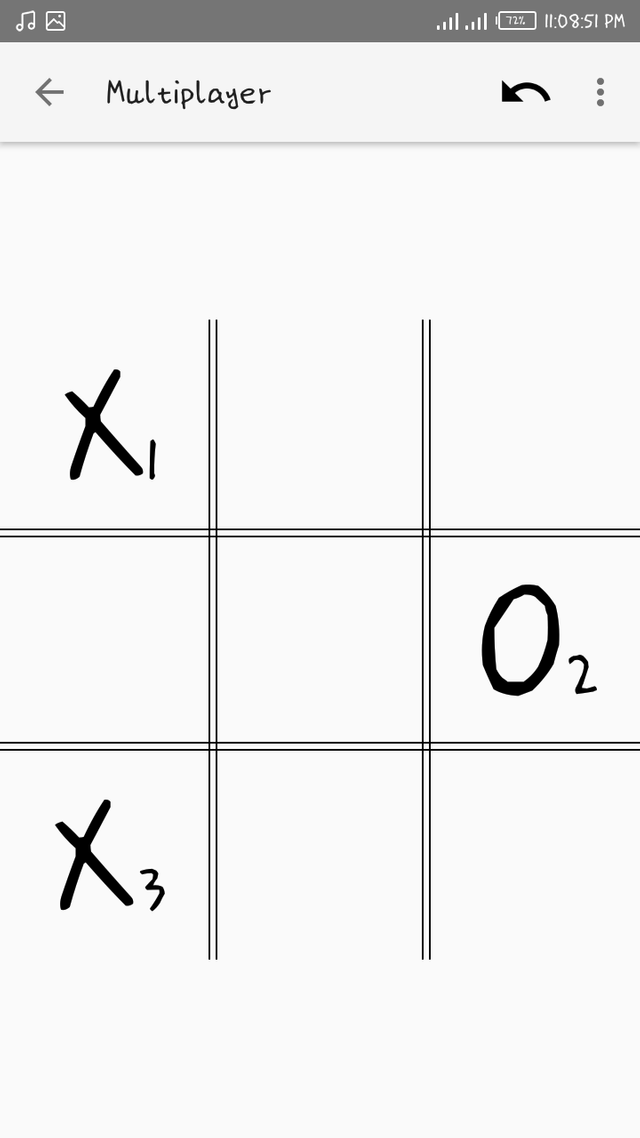
Cyclic entanglement can happen from as small as two squares to as many as 9 squares in quantum tic-tac-toe.
I’m still playing around with the game to wrap the rules around my head and see a cyclic entanglement coming. I don’t know any tactics yet, I’m just exploring the game. Soon as I find a cool tactics in the game, I’ll share it right away.
I am not so good in chess, I’m better at checkers. I just can’t wait for someone to create quantum checkers (or I could just create it myself, ☺ ).
Thanks for reading. Comments and upvotes would be appreciated.

You are a genius.
Of course I am, it was stated clearly in my username 😂. Don't mind me dear, thanks a lot.
Wow! I generally avoid games that involve numbers and strategy because those are my weaknesses, and gravitate towards games that focus more on words and actions like Scrabble & Monopoly.
Admirable work you did on this.
I am not good in both but good in solitaire. Nice one bro
Congratulations @geniusvillain! You have completed some achievement on Steemit and have been rewarded with new badge(s) :
Click on any badge to view your own Board of Honor on SteemitBoard.
For more information about SteemitBoard, click here
If you no longer want to receive notifications, reply to this comment with the word
STOP